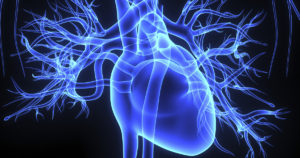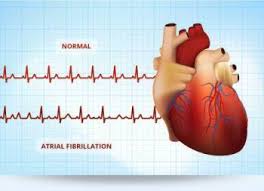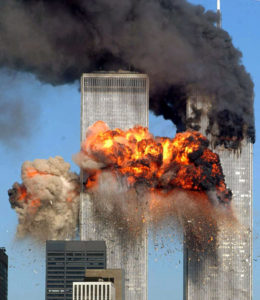|
|
In some cases, arrhythmias may not require treatment. Other arrhythmias can be controlled by treating the underlying cause. Arrhythmias that cause symptoms may require one or more of the following treatments to reduce the number or duration of arrhythmic events.
Medications. Common medications for suppressing arrhythmias include:
- Beta-blockers;
- Calcium channel blockers;
- Digitalis; and
- Antiarrhythmic agents. Cardioversion. This procedure restores a normal heartbeat by transmitting a brief electric shock through the chest to the heart. Usually an outpatient procedure that is performed in a hospital while the patient is under heavy sedation or anesthesia, it is commonly used to treat:
- Digitalis should not be used for certain arrhythmias, such as WPW syndrome. People with atrial fibrillation are typically prescribed an anticoagulant to minimize their risk of clotting and stroke.
- Atrial fibrillation;
- Atrial flutter; and
- Ventricular arrhythmias.
- Radiofrequency Catheter ablation. A catheter with an electrode tip is positioned on the affected area. The catheter delivers energy to destroy tissue that is interfering with the normal transmission of electrical impulses through the heart. It is most commonly used for:
- SVT – Supra Ventricular Tachycardia (Pulse over 100);
- Atrial fibrillation-particularly newly diagnosed;
- Atrial flutter; and
- Certain types of ventricular arrhythmias.During a catheter ablation procedure, catheters (long wire electrodes) are advanced through the veins in the leg up to the heart.Once the SVT is diagnosed, to cure the SVT, an ablation catheter is advanced to the heart. An ablation catheter is capable of delivering small radiofrequency lesions (electrocautery burns) on the order of 4-5 mm in diameter. These radiofrequency lesions have no long-term adverse consequences. Depending on the type of SVT, these radiofrequency lesions are delivered in various locations of the heart.
- Pacemaker. A small electronic device that is surgically implanted under the skin near the collarbone. A pacemaker regulates a slow or erratic heartbeat by sending rhythmic electrical charges to the right atrium and right ventricle. Pacemakers are frequently used to treat Sick Sinus Syndrome.
- Maze procedure. A physician makes multiple incisions through the atrium. The resulting scar tissue conducts impulses through the heart’s electrical system in a way that allows normal conduction but does not sustain atrial fibrillation. Since it is a form of cardiac surgery, it is reserved for those patients who have undergone a failed catheter ablation or as an add-on for those having a surgical procedure for another condition.
- Occasionally, more complex diagnostic and ablation techniques are required for catheter ablation of SVT. This may be the case particularly in patients with other heart problems or a history of heart surgery. In such situations, sophisticated 3-dimensional mapping techniques using a balloon catheter may be used to identify the location necessary to successful ablate the SVT
- Various measurements of the electrical system are performed. If a person is in normal rhythm at the time of the procedure, an attempt is made then to reproduce the SVT by pacing the heart through the catheters. Occasionally an intravenous medicine called isoproterenol is required to “rev up” the heart in order to reproduce the SVT. Once the SVT is reproduced, the specific type of SVT can be diagnosed using the catheters in the heart.
- Catheter ablation for SVT utilizing radiofrequency ablation (electrocautery injury) was developed in the 1980’s and has since revolutionized the treatment of SVT. With catheter ablation, a procedure is performed entirely through intravenous catheters inserted into the veins in the leg and sometime the shoulder. It is a minimally invasive procedure. That is, no open heart surgery is needed. Generally, procedures can be performed on an outpatient basis. Overall cure rates with catheter ablation is >90% and can be as high as 96-98% depending on the specific type of SVT.






